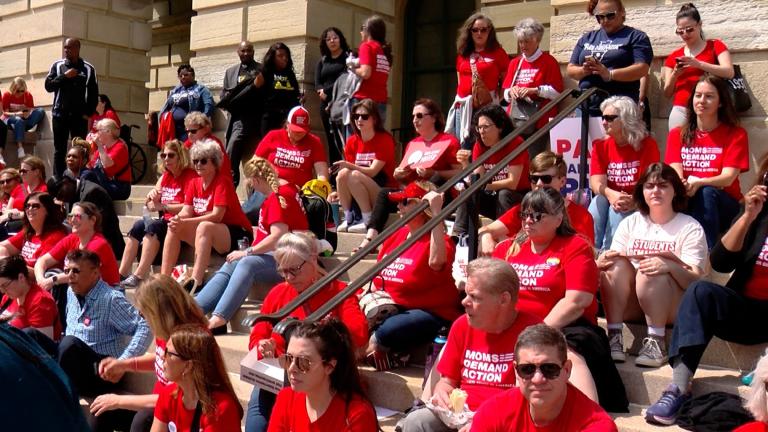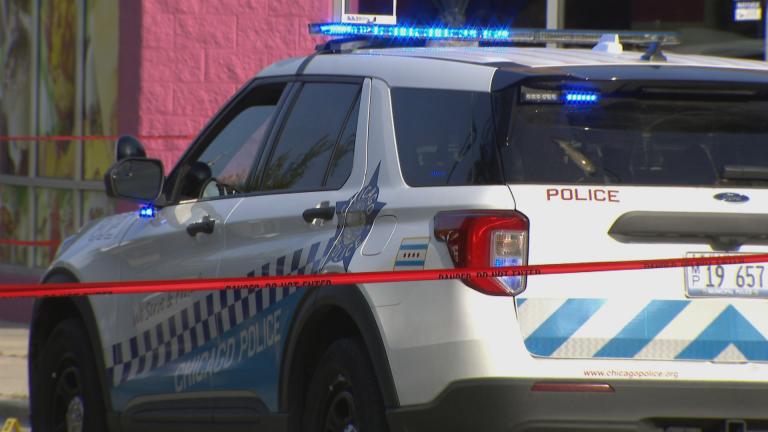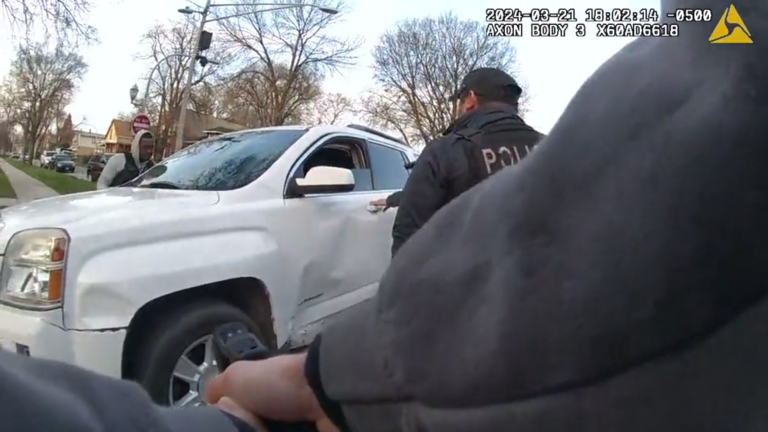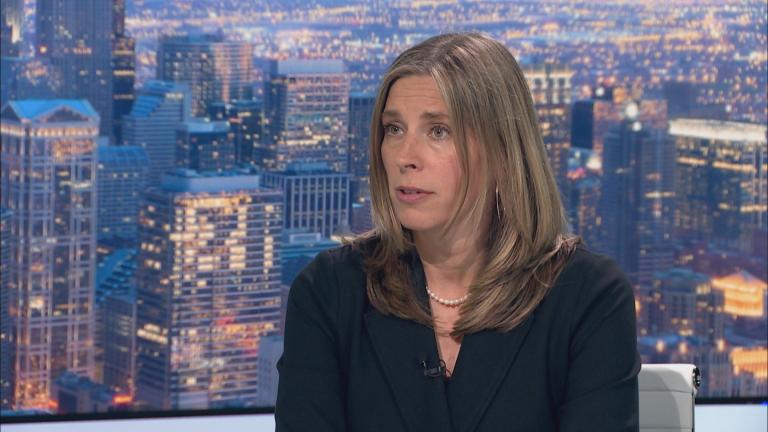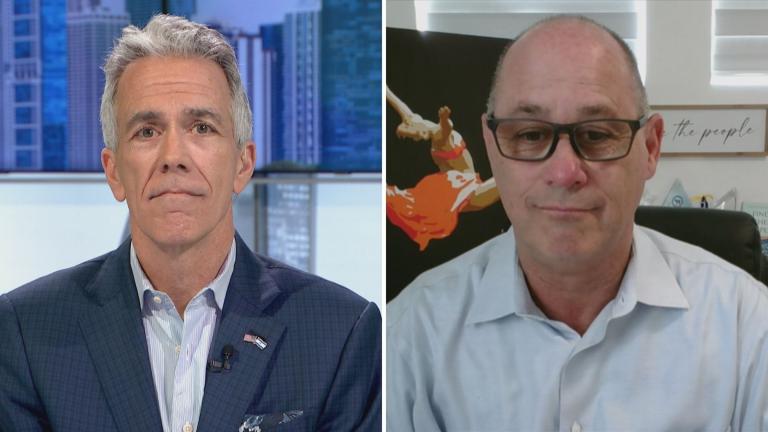New analysis of Chicago homicide data by the Erikson Institute underscores the effect violent crime can have on young children.
Homicides in Chicago have been on the decline since 2016. But according to the institute’s analysis, the majority of children under age 5 live in Chicago’s most violent communities: nearly 60% in communities that saw more than three homicides (the city’s median) in 2018.
Dr. Carl Bell has seen firsthand how traumatic events can affect children. Bell is a professor emeritus of psychiatry at University of Illinois at Chicago and is a consultation liaison psychiatrist at Jackson Park Hospital.
“I saw my first child who witnessed her mother getting stabbed to death in 1976,” Bell said. “And so I was horrified and wondering and went to the literature to figure out what I should do with this child and there was nothing there.”
In the 1980s, Bell conducted a study of 536 children from second to eight grade on Chicago’s South Side and found that one-third of the children had witnessed a shooting or stabbing.
Bell said a good portion of those children had seen a homicide and that the majority of those fatal events were between family and friends.
“Of course in an interpersonal altercation like that, children are going to be present and they’re going to see this stuff,” Bell said. “Everybody needs protective factors: they need social fabric, connectedness, self-esteem, activities, social and emotional skills, adult protective shields and they need to figure out how to minimize trauma when they’re exposed to it.”
Bell said those “adult protective shields” could be a police officer in a school that provides students with the assurance they’re safe or a mentor that helps guide a young person through life and lead by example.
The nonprofit Friends of the Children, which operates in Chicago among several other U.S. cities, pairs mentors with at-risk youth from the time children are in kindergarten until age 18.
Seth El-Jamal, the program director for the nonprofit’s Chicago chapter, said they’ve observed a range of behaviors from children who’ve experienced trauma. El-Jamal describes them as “protective factors” designed to help the child survive.
“We see kids who lash out when responded to negatively,” El-Jamal said. “Kids who refuse to accept authority – that’s on the minimal side, we have kids who hide under desks when they’re reprimanded and we’ve observed kids getting into fights at the drop of a hat – being prepared for violence themselves, to respond or protect themselves.”
El-Jamal said the initial and best way for mentors to treat these issues is by fostering a “caring and consistent relationship” with kids while teaching healthy coping strategies through activities and outings.
Bell, El-Jamal and Erikson Institute President Geoffrey Nagle join us in discussion.
Related stories:
Police: Chicago Shootings Hit 4-Year Low Through First Half of 2019
Mayor Lori Lightfoot on Violence, a Chicago Casino and Ald. Ed Burke
Mayor Lightfoot Tries to Chart a New Course on Public Safety

